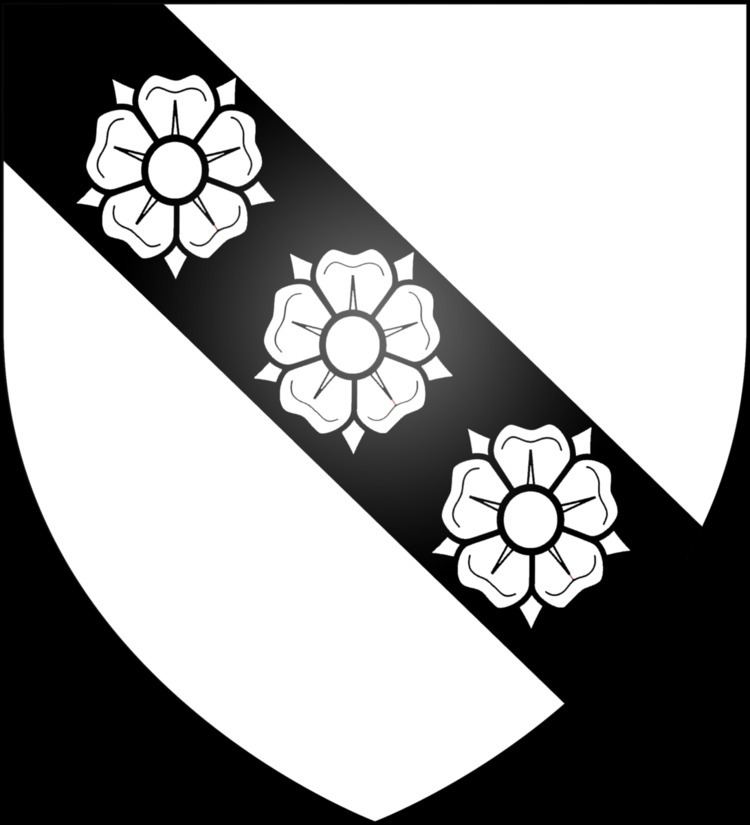Name William Cary | Role 1437–1471 | |
 | ||
Sir William Cary (1437–1471) of Cockington and Clovelly in Devon was a member of the Devonshire gentry. He was beheaded after the defeat of the Lancastrians at the Battle of Tewkesbury in 1471.
Contents
Origins

He was the son and heir of Philip Cary (died 1437) of Cockington, Member of Parliament for Devon in 1433, by his wife Christiana de Orchard (died 1472), daughter and heiress of William de Orchard of Orchard (later Orchard Portman), near Taunton in Somerset. Christiana de Orchard survived her first husband and remarried to Walter Portman, ten times MP for Taunton, by whom she had children, ancestors of the present Viscount Portman, owner of the Portman Estate in London.
Marriages and children
Cary married twice:
Death
Cary was beheaded on 6 May 1471 after the defeat of the Lancastrians at the Battle of Tewkesbury. He is believed to be represented by a monumental brass of a knight, without surviving identifying inscription, set into a slate ledger stone on the floor of the chancel of All Saints Church, Clovelly, next to a smaller brass, in similar style, of his son and heir Robert Cary (died 1540).
